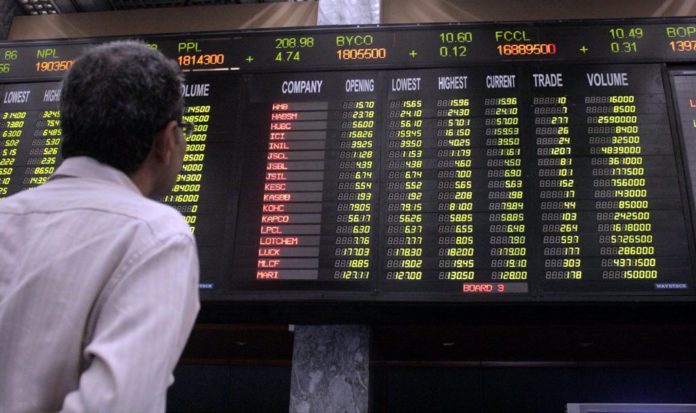The World Bank has projected that achieving universal electricity access in Pakistan’s four provinces by 2030 will require a total capital investment of $13.3 billion. This estimate comes from the World Bank’s comprehensive report titled “Pakistan Least-Cost Electrification Study,” which outlines the necessary steps and financial requirements to provide electricity to approximately 40 million new connections.
To achieve the ambitious goal of universal electricity access by 2030, Pakistan must significantly increase the number of electricity connections. This increase considers both those who currently lack a formal electricity connection and the expected population growth over the coming years. The new connections fall into two main categories: those within 500 meters of the existing distribution grid and those beyond this distance.
For customers within 500 meters of the current distribution grid, grid densification is identified as the least-cost option. This process involves expanding and strengthening the existing grid infrastructure to connect households that are not currently electrified. The World Bank’s geospatial analysis pinpoints these households using data from electricity distribution companies (DISCOs) and further analysis. Some of these households may already have informal electricity connections, and the grid densification efforts will formalize these connections, reducing commercial losses and improving service reliability.
For the 9.3 million new connections located more than 500 meters from the existing grid infrastructure, grid extension and off-grid solutions become the predominant options. Grid extension, which involves installing new poles, wires, and transformers, is identified as the least-cost option for 25 percent of the total new connections required. This method is particularly cost-effective for 53 percent of the new connections needed beyond 500 meters from the current grid.
However, in areas where extending the grid is prohibitively expensive or where population densities are low, mini-grids and individual solar home systems are recommended. Mini-grids are identified as the most economical solution for 20 percent of the new connections, particularly in Khyber Pakhtunkhwa (KP) province. The report highlights the success of mini-grid technologies and business models in other countries, suggesting their viability for providing high-quality electricity access in remote areas of Pakistan.
Out of the 3.9 million mini-grid connections required by 2030, approximately 2.1 million will be needed in KP province due to its unique geographic and demographic characteristics. These mini-grids are expected to be predominantly solar-powered, although other renewable energy sources like micro-hydropower and wind power may be suitable in specific regions.
Individual off-grid systems, while playing a relatively small role, are considered optimal for 2.5 percent of the new connections. These systems are particularly suitable for remote and dispersed households, providing a viable long-term solution where grid extension and mini-grids are not feasible.
The World Bank’s Least-Cost Electrification Study aims to inform the development of government policies and potential future investments in Pakistan’s electricity sector. By identifying the optimal routes for expanding electricity access through grid densification, grid extension, mini-grids, and off-grid systems, the report provides a comprehensive roadmap for achieving universal electricity access by 2030.
The study emphasizes the importance of integrating Point of Sale (POS) invoicing systems with the Sindh Revenue Board (SRB) system to ensure transparency and accountability. For restaurants that prefer to apply the standard 15% Sindh Sales Tax (SST) rate, the SRB requires explicit permission, which involves demonstrating compliance with specific conditions.
The World Bank also highlights the potential for greater private-sector participation in expanding electricity access. By leveraging the findings of the Least-Cost Electrification Study and the Mini-Grid Portfolio Readiness Assessment, federal and provincial governments, electricity distribution companies, and private investors can identify high-priority mini-grid sites and other investment opportunities.
The report, based on methodologies tested in other countries, incorporates data from the Pakistan Energy Survey commissioned by the World Bank and published in 2023. The combined insights from these studies provide a detailed view of Pakistan’s electricity access situation and outline strategic policy and investment options.




